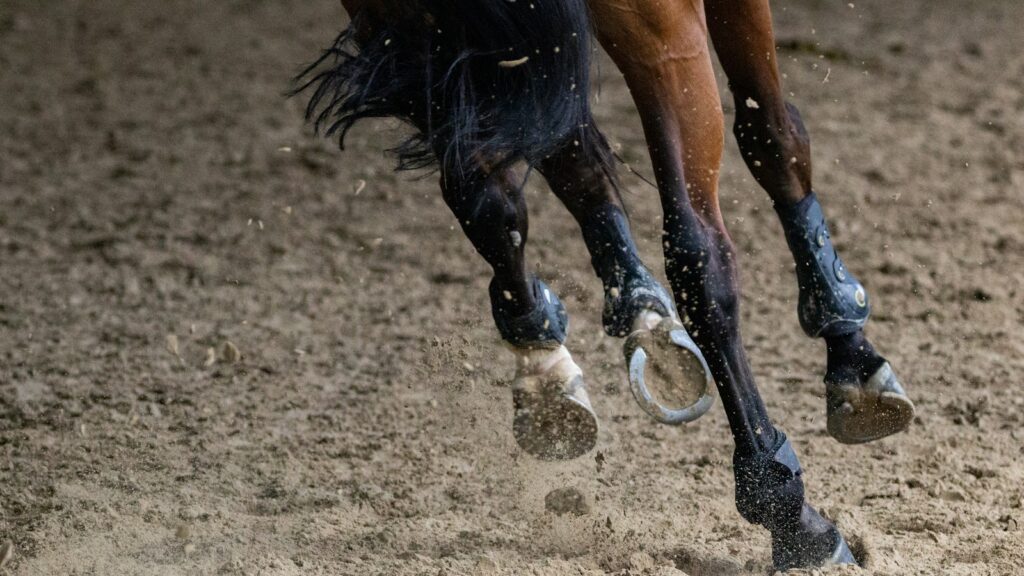For centuries, horses have carried humans on their backs, pulled our wagons, and worked alongside us in fields. Throughout most of this shared history, horses functioned without metal shoes, their hooves adapting naturally to various terrains and conditions. In recent decades, a growing movement has challenged the conventional wisdom that domestic horses need metal shoes to function properly. Barefoot hoof care—allowing horses to go without traditional metal horseshoes—has gained significant traction among horse owners, trainers, and veterinarians. This approach isn’t merely a trend; for many horses, it represents a return to a more natural state that promotes better hoof health, improved movement, and enhanced overall wellbeing. This article explores why some horses truly thrive when their hooves are managed without metal shoes, the science behind barefoot health, and practical considerations for those considering this approach.
The Natural Design of Horse Hooves
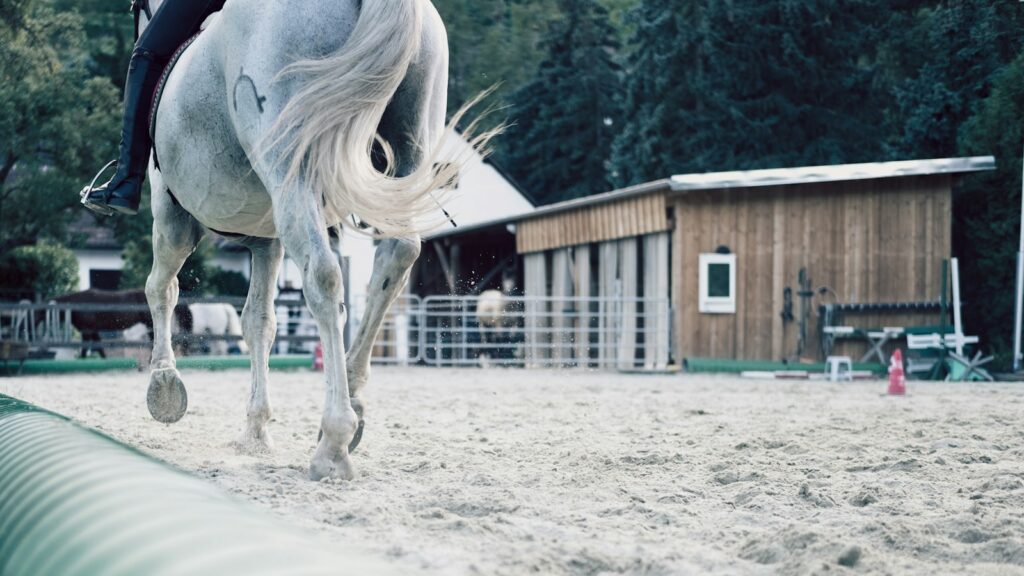
Horse hooves evolved over millions of years to function as remarkably efficient structures. Each hoof works as an integrated system of horn, soft tissues, bones, and blood vessels that absorb shock, provide traction, and support the horse’s substantial weight. When a horse moves naturally, the hoof expands upon ground contact and contracts when lifted, creating a pumping mechanism that aids blood circulation throughout the leg. This innate design allows wild horses to travel many miles daily across varied terrain without developing the hoof problems commonly seen in domestic horses. The hoof’s ability to flex, adapt, and self-maintain represents a remarkable feat of evolutionary engineering that no man-made device can fully replicate. Unlike rigid metal shoes, the natural bare hoof can respond dynamically to different ground surfaces, temperatures, and moisture levels.
The Historical Shift to Horseshoes

Horseshoes became widely adopted during medieval times as horses were increasingly used for warfare, transportation on hard-surfaced roads, and heavy agricultural work. These metal protective devices allowed horses to work longer hours on unnatural surfaces and carry heavier loads than their hooves might naturally withstand. The industrial revolution further standardized horseshoeing practices as horses became essential to commerce, military operations, and daily transportation. By the early 20th century, shoeing had become so normalized that few questioned whether all domestic horses actually needed shoes. Traditional farriery became an established profession, with shoeing cycles typically occurring every 6-8 weeks to accommodate the altered growth patterns of shod hooves. This historical context helps explain why shoeing became the default approach, even as horses’ working roles have dramatically changed in modern times.
The Science of Hoof Mechanism
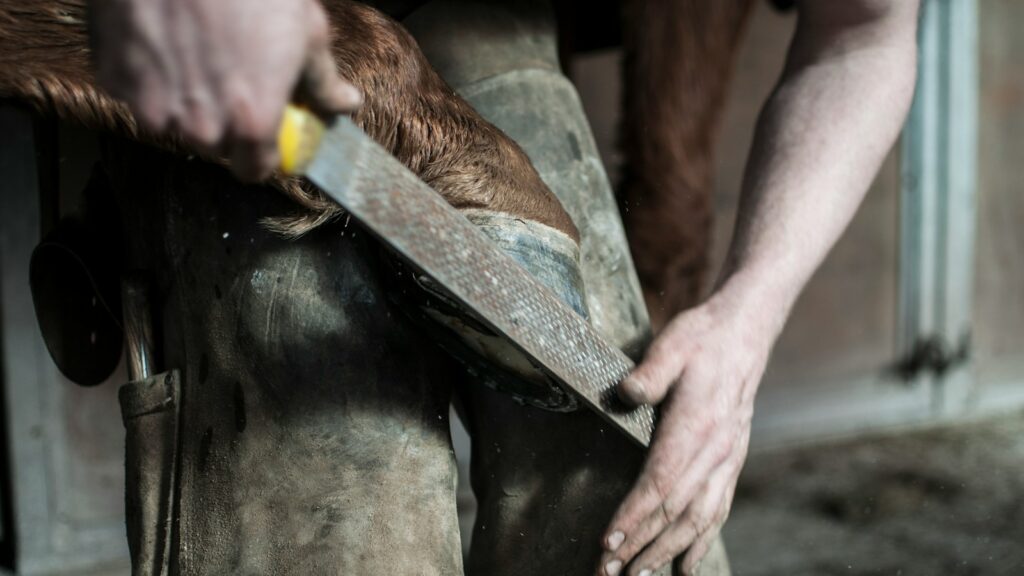
Modern research has provided substantial evidence for what’s known as the “hoof mechanism”—the natural expansion and contraction of the hoof capsule during movement. When a healthy bare hoof contacts the ground, it slightly flattens and expands outward, absorbing shock and increasing surface area for stability. This mechanism also drives blood circulation, pumping blood up the leg as the horse moves. When metal shoes are applied, this natural expansion is restricted to varying degrees, potentially compromising circulation and shock absorption. Studies using thermographic imaging have demonstrated significantly improved blood flow patterns in properly maintained barefoot horses compared to their shod counterparts. Additionally, research has shown that barefoot hooves develop stronger internal structures and thicker sole calluses when properly trimmed and conditioned, creating natural protection superior to what artificial shoes provide for many horses in non-extreme environments.
Improved Proprioception and Movement

Proprioception—a horse’s awareness of its body position and movement—is significantly enhanced in barefoot horses. The sensitive structures within the hoof capsule receive and transmit detailed information about terrain, helping horses place their feet more precisely and adjust their gait accordingly. This sensory feedback is partially muted by metal shoes, which can lead to less careful foot placement and potentially increased risk of injuries. Many riders report noticeable improvements in their horses’ movement quality after transitioning to barefoot, describing better balance, more confident footing on varied terrain, and smoother gaits. Performance horses in disciplines from dressage to endurance often show enhanced agility and reduced incidence of stumbling once their hooves regain full sensory capacity. This improved proprioception is particularly valuable for horses navigating natural terrain or performing precise movements in competition settings.
Relief from Common Hoof Pathologies
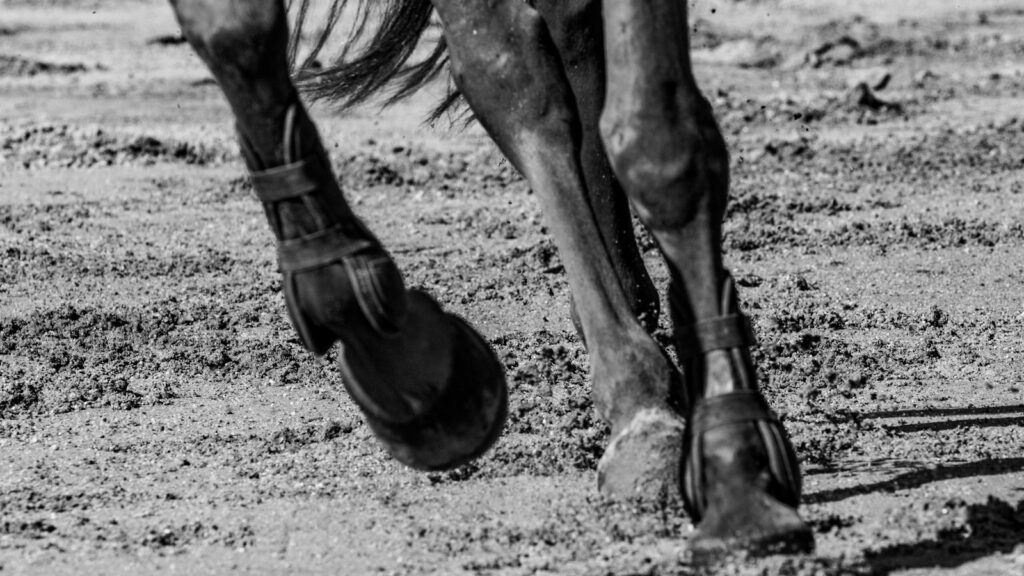
Some horses plagued by chronic hoof issues experience remarkable recovery when transitioned to barefoot care. Conditions like navicular syndrome, chronic thrush, contracted heels, and recurrent abscesses often improve or resolve completely under proper barefoot management. The increased circulation and natural movement of the hoof structures can help address the underlying causes rather than just managing symptoms. Horses with laminitis or founder histories frequently benefit from barefoot approaches that promote healthier hoof growth patterns and reduce mechanical stress on compromised internal structures. Veterinary studies have documented cases where barefoot rehabilitation protocols succeeded after conventional treatments failed to produce improvement. The key factor appears to be the restoration of normal hoof function, which allows the horse’s natural healing processes to operate more effectively without the constraints imposed by rigid shoes.
Environmental Adaptability

Barefoot horses develop remarkable adaptability to their specific environment when given appropriate transition time. A properly maintained barefoot hoof will actually change its form and composition based on the terrain it regularly encounters. Horses living on soft, wet ground typically develop broader hooves with less callused soles compared to those in rocky, dry environments, whose hooves become more compact with thick, naturally protective soles. This environmental adaptability extends to seasonal changes as well, with many barefoot horses developing harder hooves in summer and slightly softer, more flexible hooves in wetter winter conditions. Such natural adaptation far surpasses what’s possible with standardized shoeing approaches that treat all hooves essentially the same regardless of conditions. For horses that travel between different environments, the barefoot hoof can adjust progressively, developing just the right structure needed for optimal function in changing circumstances.
The Role of Proper Trimming

Successful barefoot management hinges on appropriate trimming that respects the natural hoof form while addressing any existing imbalances. Unlike conventional shoeing, which often focuses on creating a flat surface for shoe attachment, barefoot trimming aims to maintain or restore the hoof’s natural angles, proportions, and weight-bearing surfaces. Well-trained barefoot trimmers work to keep the hoof capsule properly aligned with internal structures, encourage healthy growth patterns, and preserve the callusing that develops naturally on the sole, bars, and frog. Trimming frequency varies widely based on individual growth rates, environment, and use, with some horses requiring attention every 4-5 weeks while others maintain balance for 8-10 weeks between trims. The goal isn’t to shape every hoof to an identical template but to support each horse’s unique hoof development while correcting distortions that might have developed during previous shoeing or improper care.
The Transition Process

Transitioning a previously shod horse to barefoot requires patience, careful management, and realistic expectations. The process typically takes anywhere from a few months to more than a year, depending on the horse’s hoof quality, previous management, and individual factors. Initially, many horses experience increased sensitivity as their hooves rebuild internal structures and develop proper callusing. During this period, protective hoof boots may be necessary for riding on challenging terrain or for longer periods of work. Dietary adjustments often prove crucial during transition, as proper nutrition supports healthy hoof growth and overall tissue quality. Thoughtful conditioning helps the horse develop stronger digital cushions and lateral cartilages—internal structures that provide natural shock absorption. Most successful transitions follow a gradual progression that respects the horse’s comfort level while steadily increasing the challenges presented to the hooves.
Nutritional Foundations for Barefoot Success

Nutrition plays a pivotal role in determining whether a horse can thrive barefoot. The hoof capsule is essentially modified skin, comprised primarily of protein (particularly keratin) that requires specific amino acids, minerals, and vitamins for optimal growth and strength. Balanced mineral intake—especially proper ratios of copper, zinc, and manganese—directly affects hoof quality and resilience. Excessive sugar and starch consumption can compromise hoof health by potentially triggering inflammatory responses that affect circulation to the extremities. Many barefoot specialists recommend forage-based diets supplemented with specific nutrients tailored to the individual horse’s needs and local soil deficiencies. Regular blood work and customized supplementation strategies often help address specific nutritional gaps that might otherwise limit barefoot success. The connection between diet and hoof health becomes particularly evident during the barefoot transition, when improved nutrition can dramatically accelerate positive changes in hoof structure and function.
Movement as Medicine
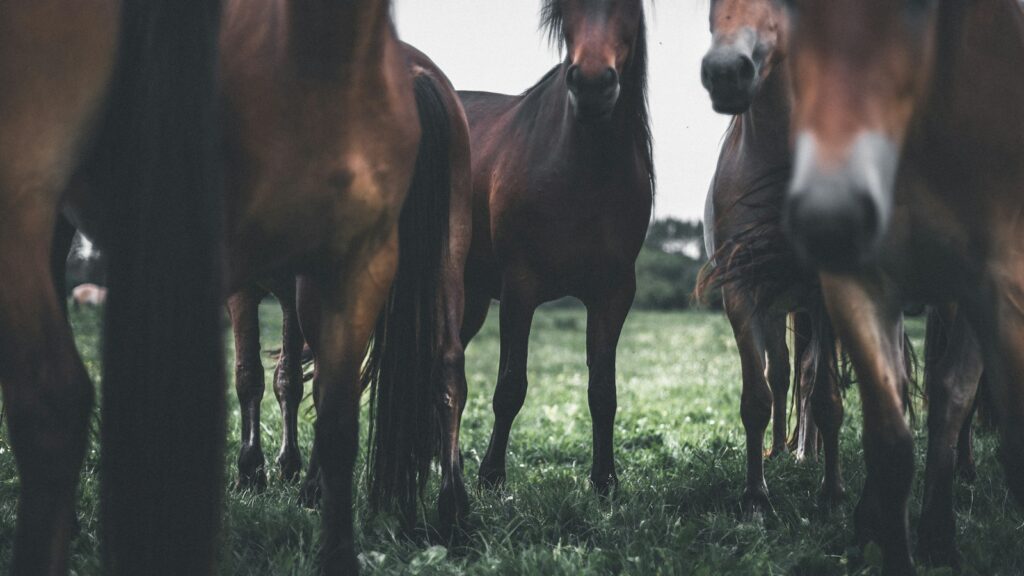
Regular, varied movement serves as perhaps the most crucial element for barefoot success after proper trimming and nutrition. Horses evolved to travel many miles daily across diverse terrain, stimulating hoof mechanism and building resilience through natural conditioning. Domestic horses benefit enormously from management systems that encourage movement—track systems, varied turnout areas, and regular exercise on different surfaces all contribute to developing stronger, more capable hooves. The concept of “movement as medicine” applies particularly to rehabilitation cases, where increased circulation from appropriate exercise helps deliver nutrients to damaged tissues and remove inflammatory waste products. Horses confined to small, soft paddocks or stalls typically struggle to develop the hoof quality necessary for barefoot comfort, regardless of trimming expertise or nutritional support. The most successful barefoot horses typically enjoy management systems that prioritize consistent, diverse movement opportunities throughout their daily routine.
When Barefoot Isn’t the Answer
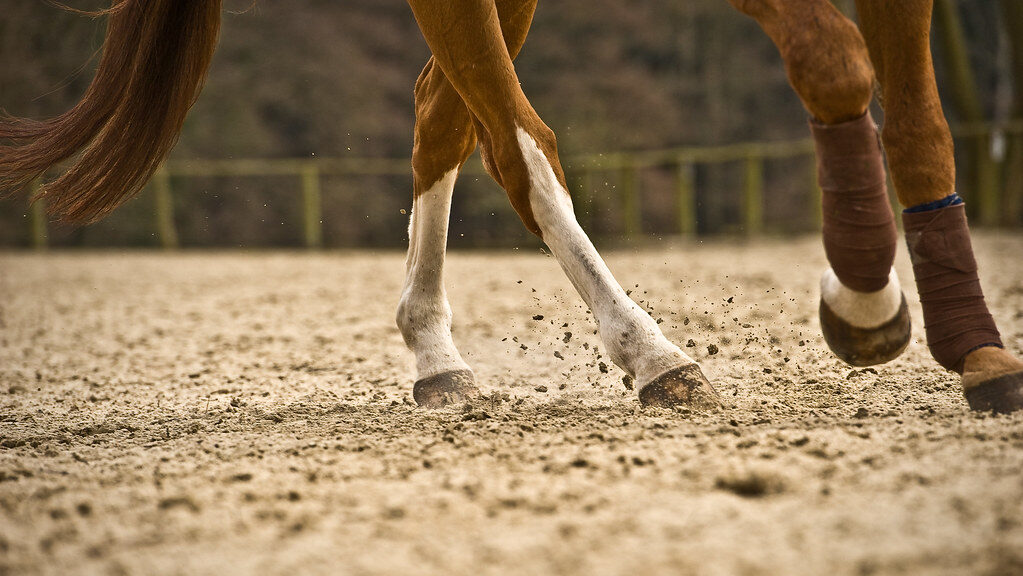
Despite the benefits, barefoot management isn’t universally appropriate for every horse in every situation. Some horses with severe pathological conditions, congenital conformational issues, or those performing specialized work on extremely abrasive surfaces may require alternative hoof protection. Certain competition environments with artificial or unusually demanding footing may necessitate temporary protection even for otherwise barefoot-sound horses. Some older horses with lifelong hoof distortions may never fully adapt to barefoot living, though they might benefit from more flexible alternatives to traditional metal shoes. Rather than viewing hoof care as a rigid barefoot-versus-shod dichotomy, many practitioners now advocate for a spectrum of approaches that prioritize hoof health while acknowledging individual needs. Modern options include glue-on shoes, hoof boots with various inserts, cast materials, and flexible shoes that may serve as middle-ground solutions for horses that need some protection while still benefiting from enhanced proprioception and hoof mechanism.
Case Studies in Barefoot Rehabilitation
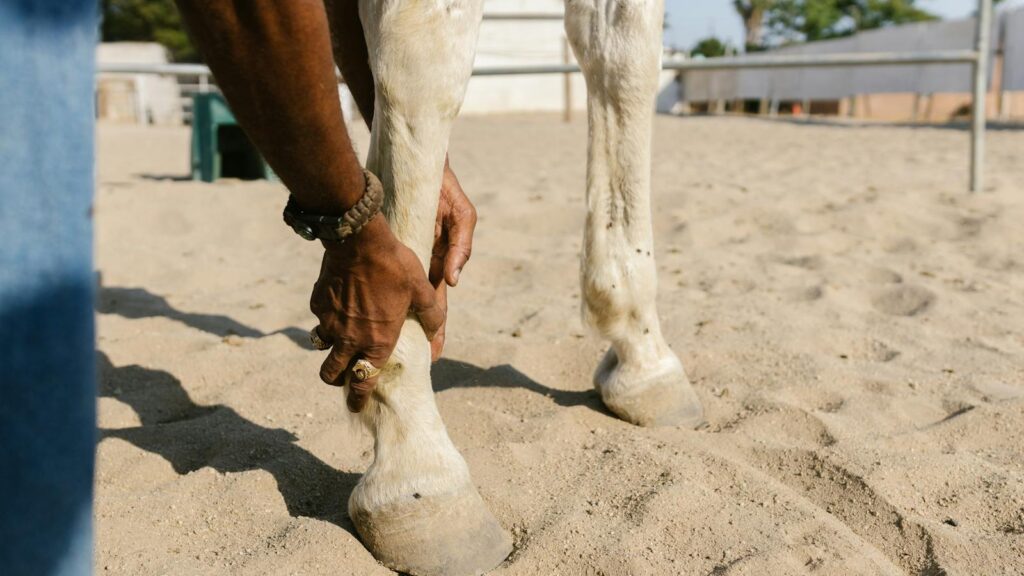
Documented cases of horses rehabilitated through barefoot methodologies provide compelling evidence for this approach’s potential. Horses diagnosed with navicular disease who faced poor prognoses under conventional treatment have regained soundness through barefoot protocols that addressed whole-body alignment, movement patterns, and hoof function. Severe laminitis cases deemed hopeless by some veterinarians have achieved remarkable recovery through specialized barefoot trimming combined with appropriate dietary changes and controlled movement. Performance horses suffering from persistent lameness issues despite high-end shoeing have returned to full work after transitioning to barefoot care. These success stories often share common elements: comprehensive assessment beyond just the hooves, attention to diet and metabolism, appropriate movement opportunities, and patience through the rehabilitation process. While not every case achieves complete resolution, the percentage of positive outcomes has convinced many veterinarians to include barefoot approaches in their treatment options, particularly for conditions that respond poorly to conventional interventions.
The Growing Research Base

Scientific research supporting barefoot methodologies continues to expand, lending credibility to what began largely as an experience-based movement. Studies examining hoof morphology, internal structural development, and biomechanical function have documented significant differences between barefoot and shod hooves. Particularly notable is research demonstrating how barefoot conditions promote stronger lateral cartilages, more developed digital cushions, and better blood flow patterns throughout the hoof and lower limb. Thermographic imaging studies have visualized the improved circulation patterns in properly maintained barefoot hooves compared to their shod counterparts. Pressure plate analyses reveal how barefoot hooves distribute weight more evenly across the entire hoof structure rather than concentrating it at the wall as typically occurs with metal shoes. This growing body of research helps explain the clinical improvements observed in many horses transitioned to barefoot care and provides scientific foundation for what experienced practitioners have observed for decades in field settings.
Conclusion: Finding the Right Approach
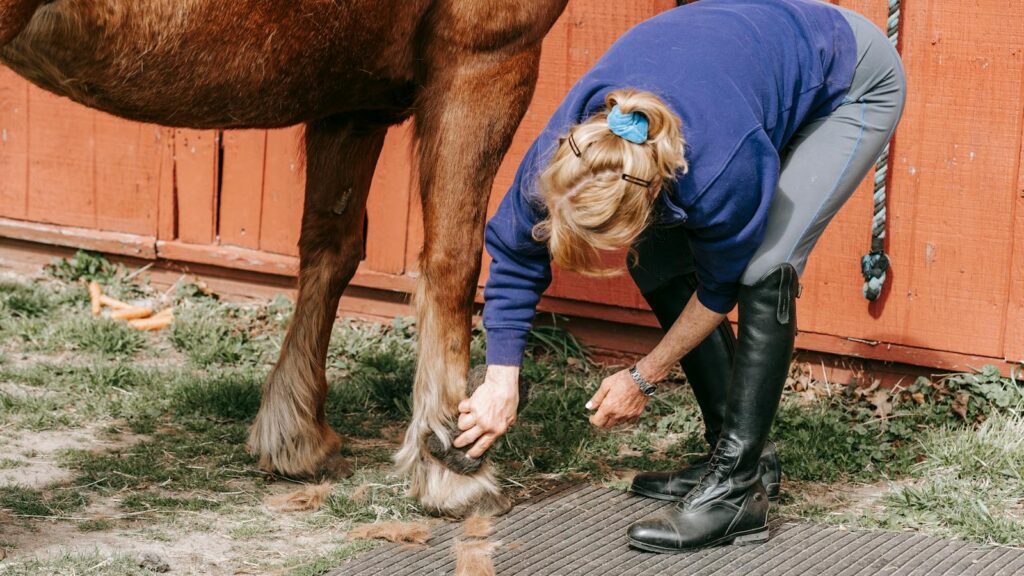
Barefoot hoof care represents not a rejection of all hoof protection but rather a thoughtful reconsideration of what each individual horse truly needs for optimal function and comfort. Many horses demonstrate remarkable improvement when their hooves are allowed to work as nature designed, with proper trimming, nutrition, and movement supporting natural function. The key to success lies not in ideological commitment to any single approach but in careful assessment of each horse’s specific situation, including workload, environment, conformation, and health history. For horses that truly thrive barefoot, the benefits can include improved movement, enhanced proprioception, better circulation, and resolution of chronic problems. As research continues to illuminate the complex workings of the equine hoof, horse owners gain more options for supporting their horses’ hoof health in ways that honor natural function while meeting modern performance demands. The most successful hoof care practitioners now draw from both traditional knowledge and cutting-edge research, focusing less on whether to shoe and more on how to support each horse’s individual path to soundness and comfort.

